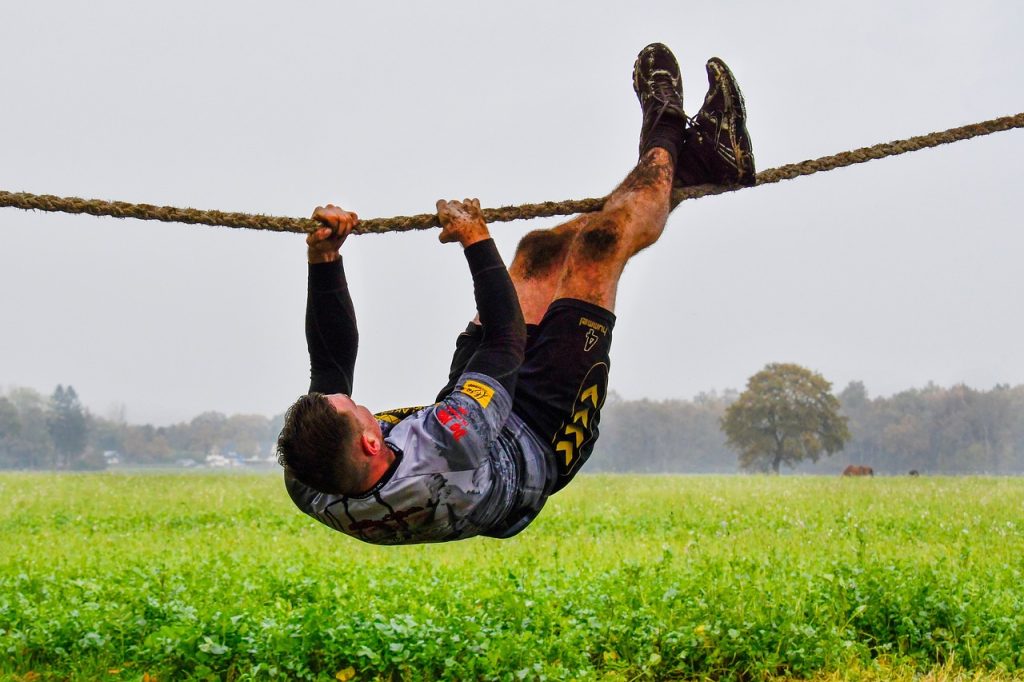Table of Contents
In recent years, there has been a noticeable surge in the popularity of outdoor and adventure activities. This growing trend reflects a broader cultural shift towards wellness, environmental consciousness, and the desire for authentic experiences. From hiking and rock climbing to kayaking and mountain biking, people are increasingly seeking out activities that allow them to connect with nature, challenge themselves physically, and escape the demands of modern life. This article delves into the factors driving the trend of outdoor and adventure activities, its impact on individuals and communities, and the future outlook for this vibrant and evolving field.

Understanding the Trend
Outdoor and adventure activities encompass a wide range of pursuits that take place in natural environments and involve physical exertion, skill, and exploration. These activities can be broadly categorized into two types:
- Outdoor Activities: These include traditional activities such as hiking, camping, fishing, and bird watching, as well as more recent trends like geocaching and eco-tourism. Outdoor activities often emphasize enjoying nature, relaxation, and recreation.
- Adventure Activities: These involve more intense physical challenges and experiences, such as rock climbing, white-water rafting, skydiving, and mountain biking. Adventure activities often appeal to those seeking adrenaline and personal accomplishment.
Several factors have contributed to the rise of outdoor and adventure activities:
- Health and Wellness: There is a growing awareness of the benefits of physical activity and its impact on mental health and well-being. Outdoor and adventure activities provide a way to stay fit while also enjoying the therapeutic benefits of nature. Activities like hiking and cycling offer cardiovascular exercise and stress relief, while adventure sports provide opportunities for physical challenge and skill development.
- Escape from Technology: In an era of constant connectivity and screen time, many people are seeking ways to disconnect from digital distractions and reconnect with the natural world. Outdoor and adventure activities offer a chance to unplug, engage with the environment, and experience moments of mindfulness and tranquility.
- Environmental Awareness: As awareness of environmental issues grows, people are increasingly drawn to activities that promote conservation and sustainability. Outdoor enthusiasts often prioritize eco-friendly practices, such as minimizing waste, respecting wildlife, and supporting conservation efforts.
- Social Media Influence: Social media platforms have played a significant role in popularizing outdoor and adventure activities. Stunning images and videos of breathtaking landscapes and daring feats inspire others to seek out similar experiences. Influencers and content creators share their adventures, further fueling interest and participation.
Impact on Individuals and Communities
- Physical Health: Outdoor and adventure activities contribute to physical health by promoting cardiovascular fitness, strength, and flexibility. Regular participation in these activities can help prevent chronic diseases, improve overall fitness, and enhance quality of life.
- Mental Well-Being: Engaging in outdoor and adventure activities has been shown to reduce stress, improve mood, and enhance mental clarity. Time spent in nature can promote relaxation and mindfulness, while the sense of accomplishment from tackling challenges boosts self-esteem and resilience.
- Social Connections: Outdoor and adventure activities often foster social interactions and community building. Group activities, such as organized hikes, climbing trips, and adventure races, create opportunities for people to connect, share experiences, and build lasting friendships.
- Economic Impact: The rise in outdoor and adventure tourism has significant economic implications for local communities. Destination areas benefit from increased tourism revenue, job creation, and investment in infrastructure. Outdoor recreation also supports related industries, such as gear manufacturing and hospitality.
- Environmental Stewardship: Many outdoor enthusiasts become advocates for environmental conservation and sustainable practices. Their appreciation for nature often translates into efforts to protect natural areas, promote responsible recreation, and support conservation initiatives.

Key Trends Driving the Growth
- Experiential Travel: There is a growing demand for experiential travel, where travelers seek authentic and immersive experiences rather than traditional sightseeing. Outdoor and adventure activities align with this trend by offering unique and memorable experiences in natural settings.
- Adventure Tourism: Adventure tourism is a rapidly growing segment of the travel industry, with more destinations offering specialized adventure experiences. From trekking in the Himalayas to safaris in Africa, adventure tourism caters to a diverse range of interests and skill levels.
- Technology Integration: Technology is enhancing outdoor and adventure activities through innovations such as GPS navigation, wearable fitness trackers, and virtual reality simulations. These technologies improve safety, provide real-time data, and enhance the overall experience.
- Inclusive and Accessible Activities: There is an increasing focus on making outdoor and adventure activities more inclusive and accessible. Organizations and initiatives are working to ensure that people of all abilities and backgrounds can participate in and enjoy these activities.
- Sustainable Practices: The outdoor and adventure community is increasingly embracing sustainability and conservation. Efforts include promoting Leave No Trace principles, supporting eco-friendly gear and practices, and advocating for the protection of natural habitats.
- Solo and Small Group Adventures: While group activities remain popular, there is also a growing trend towards solo and small group adventures. Solo travelers and small groups seek personalized and flexible experiences, allowing them to explore at their own pace and on their own terms.
- Health and Wellness Integration: The integration of outdoor and adventure activities with health and wellness practices is gaining traction. Activities such as yoga retreats, wilderness therapy, and fitness boot camps combine physical activity with mental and emotional well-being.
Challenges and Opportunities
- Safety and Risk Management: Safety is a critical concern in outdoor and adventure activities. Ensuring proper training, equipment, and risk management practices is essential for minimizing accidents and injuries. Providers and participants must prioritize safety and preparedness.
- Environmental Impact: While outdoor activities offer many benefits, they can also have environmental impacts, such as habitat disturbance and waste generation. Promoting responsible recreation practices and supporting conservation efforts are crucial for minimizing these impacts.
- Overcrowding and Access Issues: Popular outdoor destinations can experience overcrowding, leading to issues such as trail erosion and diminished visitor experiences. Managing visitor flow and promoting lesser-known destinations can help address these challenges.
- Economic Disparities: The cost of participating in certain outdoor and adventure activities can be a barrier for some individuals. Providing affordable options and supporting community-based initiatives can help make these activities more accessible.
- Cultural Sensitivity: Adventure activities in culturally sensitive areas require respect and understanding of local customs and traditions. Engaging with local communities and promoting cultural awareness are important for fostering positive interactions and sustainable tourism.
Future Outlook
- Growth in Participation: The trend towards outdoor and adventure activities is expected to continue growing as more people seek ways to connect with nature, stay active, and experience new challenges. Innovations in technology, increased accessibility, and a focus on sustainability will support this growth.
- Emergence of New Activities: As interest in outdoor and adventure activities evolves, new and emerging activities are likely to gain popularity. Trends such as adventure racing, extreme sports, and eco-adventures will continue to attract enthusiasts seeking novel experiences.
- Integration with Wellness and Lifestyle: The integration of outdoor and adventure activities with wellness and lifestyle trends will continue to shape the industry. Activities that combine physical exercise with relaxation, mindfulness, and personal growth will appeal to a broad audience.
- Focus on Inclusivity and Accessibility: The emphasis on making outdoor and adventure activities inclusive and accessible will drive innovation and growth. Efforts to accommodate diverse needs and backgrounds will enhance participation and create more equitable opportunities.
- Advancements in Technology: Technological advancements will continue to enhance outdoor and adventure activities, providing new tools for navigation, safety, and experience enhancement. The use of virtual reality, wearable tech, and data analytics will shape the future of these activities.

Conclusion
The trend of outdoor and adventure activities reflects a growing desire for connection with nature, personal challenge, and authentic experiences. As interest in these activities continues to rise, individuals and communities will benefit from improved physical health, mental well-being, and social connections. By addressing challenges, embracing opportunities, and promoting responsible practices, the outdoor and adventure industry can continue to thrive and inspire new generations of adventurers.